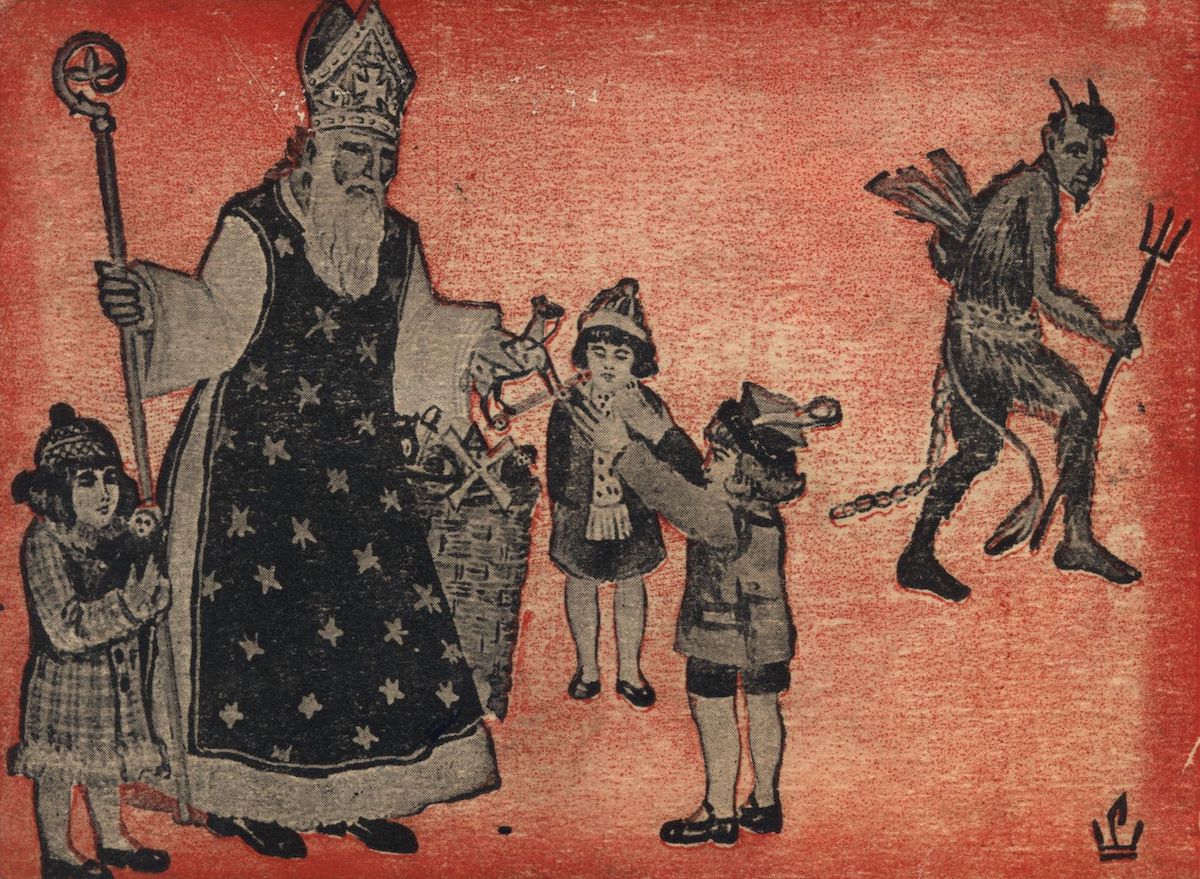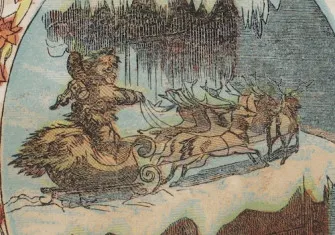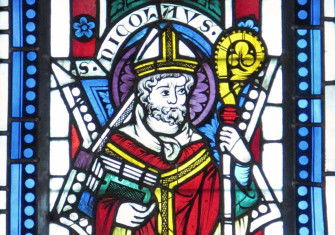Saint Nicholas Becomes a Myth
On 6 December 343, Saint Nicholas died but his miracles continued. Eventually, the man was replaced by the myth of Santa Claus – if he even existed at all.

Saint Nicholas was dead, to begin with. On 6 December 343, to be precise, in Myra, in present-day Turkey. But, as is the way with saints, death was no hindrance to miracles. Indeed it was an accelerator. Myrrh flowed from his tomb from the moment of interment. Solving problems, giving gifts; that was what he did. Once, it is said, he saved three daughters of a poor man from prostitution by throwing gold through their windows at night to give as dowries.
The 11th century was particularly fruitful. In the space of 60 years, 50 sites of worship were consecrated to him in France and Germany alone. In 1087, Nicholas’ remains were stolen from Myra and brought to Bari in Norman Apulia, a stepping-off point for pilgrims to the Holy Land. Bari had five churches dedicated to Nicholas even before his bones arrived. A raiding party of 62 men – merchants, seamen, priests – sailed to Myra, then in the Seljuk empire, to effect the rescue.
Is it possible that Nicholas never lived at all? Pope Paul VI thought so. In 1969 Paul revoked his feast day on just such a technicality. But surely that just makes Nicholas’ strange afterlife as Santa Claus all the more miraculous. A gift, if you will.






